Ottawa Garden Ideas: Create Your Backyard Oasis
If you’re looking to spruce up your outdoor space in Ottawa, there’s no shortage of inspiration. Whether you’re a seasoned gardener or just starting out, there’s something for everyone in the nation’s capital.
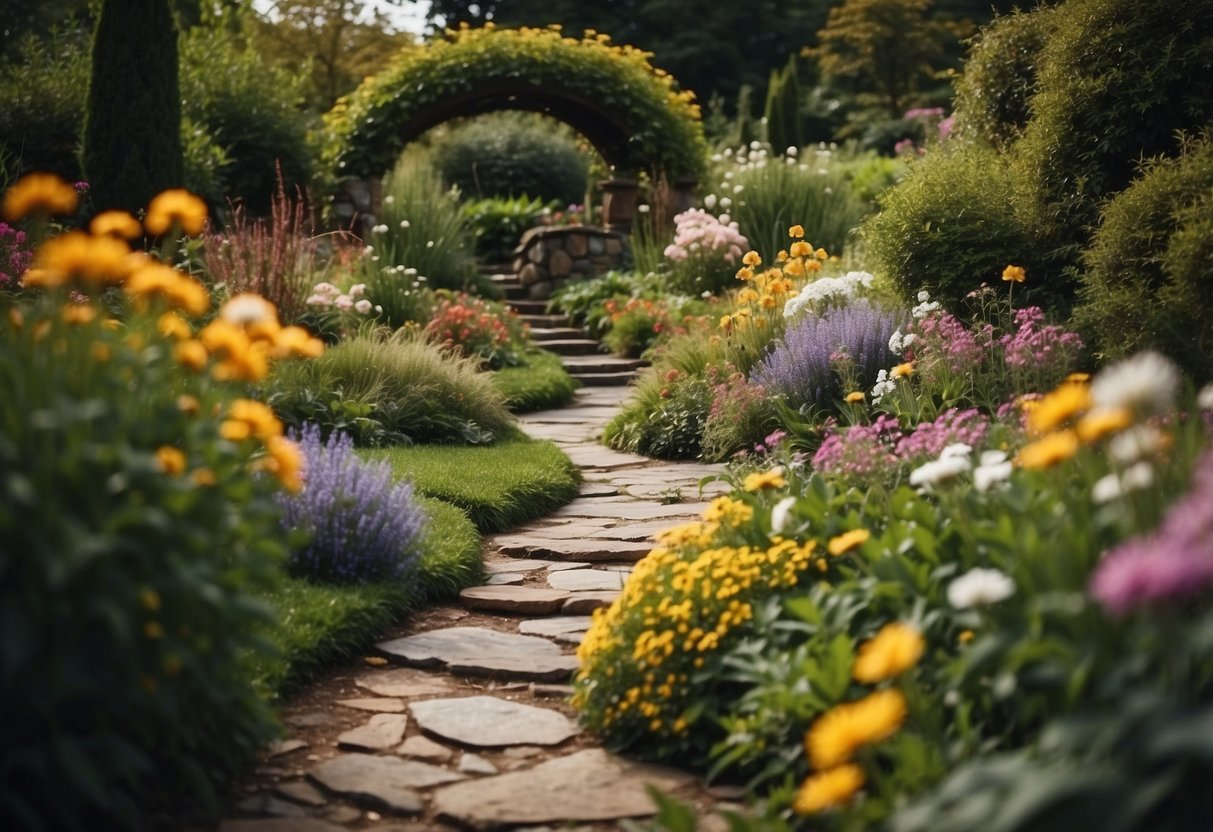
You’ll find beautiful public gardens, local nurseries, and charming flower festivals that can spark new ideas for your own garden projects. Dive into the vibrant world of Ottawa’s gardening scene and discover the creative possibilities that await you.
1) Vertical Herb Garden Walls

Creating vertical herb garden walls is a great way to save space and grow fresh herbs. You can use mounted mason jars on wood or slat walls with planters. These setups not only look stylish but also provide easy access to your herbs.
Hanging shelves with terra-cotta pots add a unique touch. These small garden projects are perfect for kitchens or outdoor spaces.
For more ideas on how to create your own vertical herb garden wall, check out these creative designs.
2) Colorful perennial borders
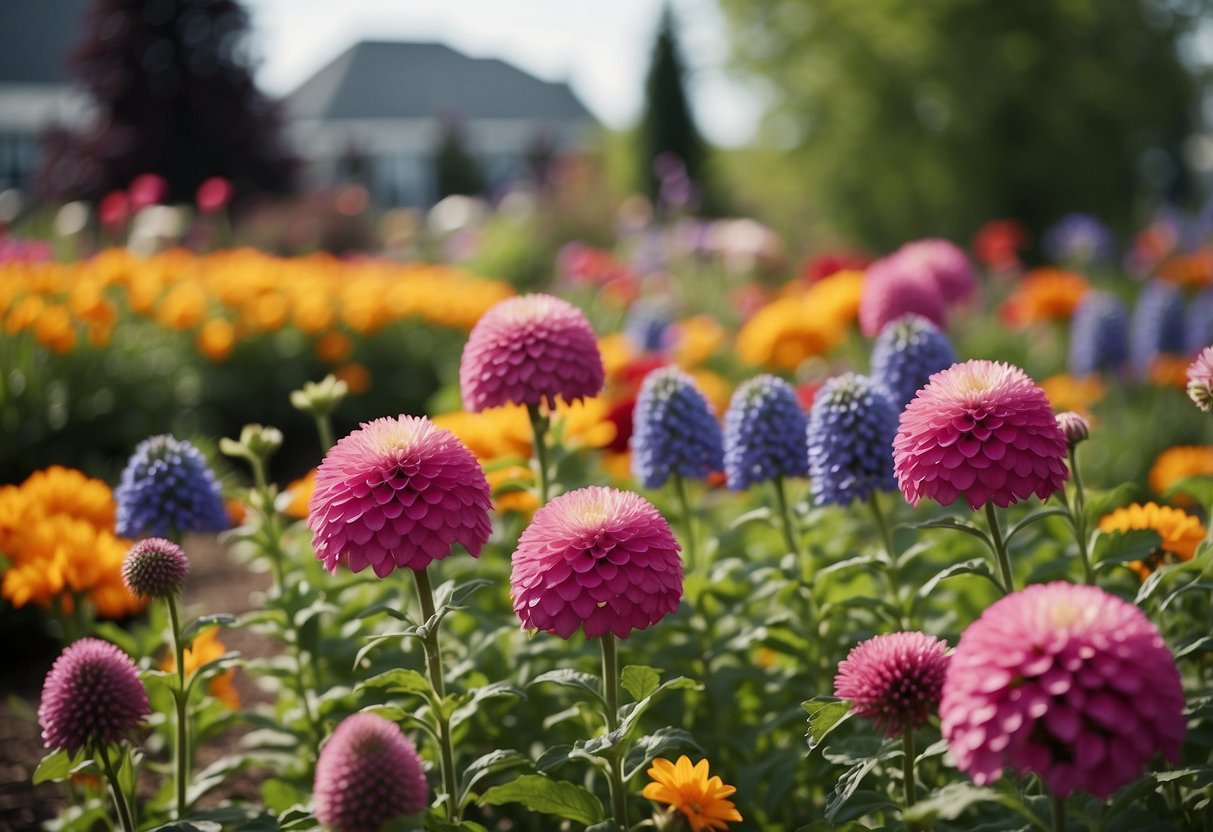
Creating colorful perennial borders in your Ottawa garden is a fantastic way to add vibrancy. Consider planting diverse perennials that bloom in different seasons.
Astilbe is a great choice with its ferny foliage and bright summer flowers in pink, purple, and white. The variety ‘Visions’ has striking pink blooms.
Another beautiful option is Plumbago, also known as the sky flower due to its lovely blue petals. Plumbago blooms non-stop in zones 9-11, offering continuous color throughout the growing season.
3) Zen Rock Garden
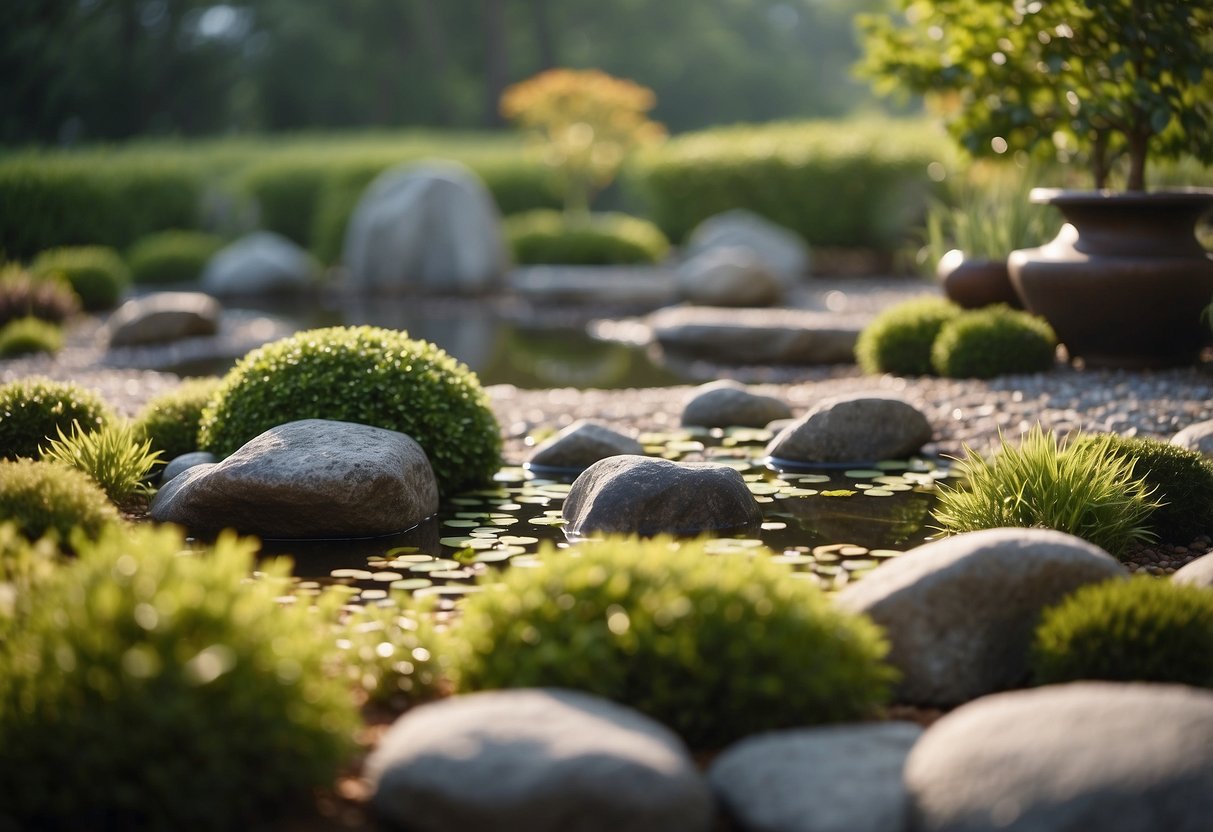
A Zen rock garden is a great way to add a peaceful spot to your Ottawa garden.
Use rocks, gravel, and sand to create patterns that mimic nature. These elements help bring a sense of calm and simplicity.
Add a few well-placed plants to enhance the tranquil vibe. Visit the Japanese Zen Garden in Ottawa for inspiration!
4) Butterfly-friendly Plants

When creating a butterfly-friendly garden in Ottawa, consider using plants that attract and support butterflies.
Milkweed is essential for Monarch butterflies. It attracts them to lay eggs and is a food source for their caterpillars.
Showy Tick Trefoil can host butterflies like the Eastern Tailed Blue and Gray Hairstreak. It’s a great addition from July to September.
Try planting bee balm for its nectar-rich flowers, which appeal to various butterflies, including swallowtails and fritillaries.
Adding clover can also attract butterflies such as the eastern tailed-blue and clouded sulphur. Its flowers provide nectar, and its leaves serve as caterpillar food.
5) Raised vegetable beds

Raised vegetable beds are a great way to grow your own veggies. They keep the soil healthy and make it easier to manage.
You can plant a variety of vegetables in raised beds. Some of the best choices include tomatoes, carrots, and lettuce. Check out Epic Gardening for more ideas.
Raised beds also help with drainage. This is important because it prevents root rot and other problems that can happen in wet soil.
Using raised beds in your Ottawa garden ensures you have a thriving, healthy vegetable patch. Enjoy fresh, homegrown produce with less hassle.
6) Elegant water fountains
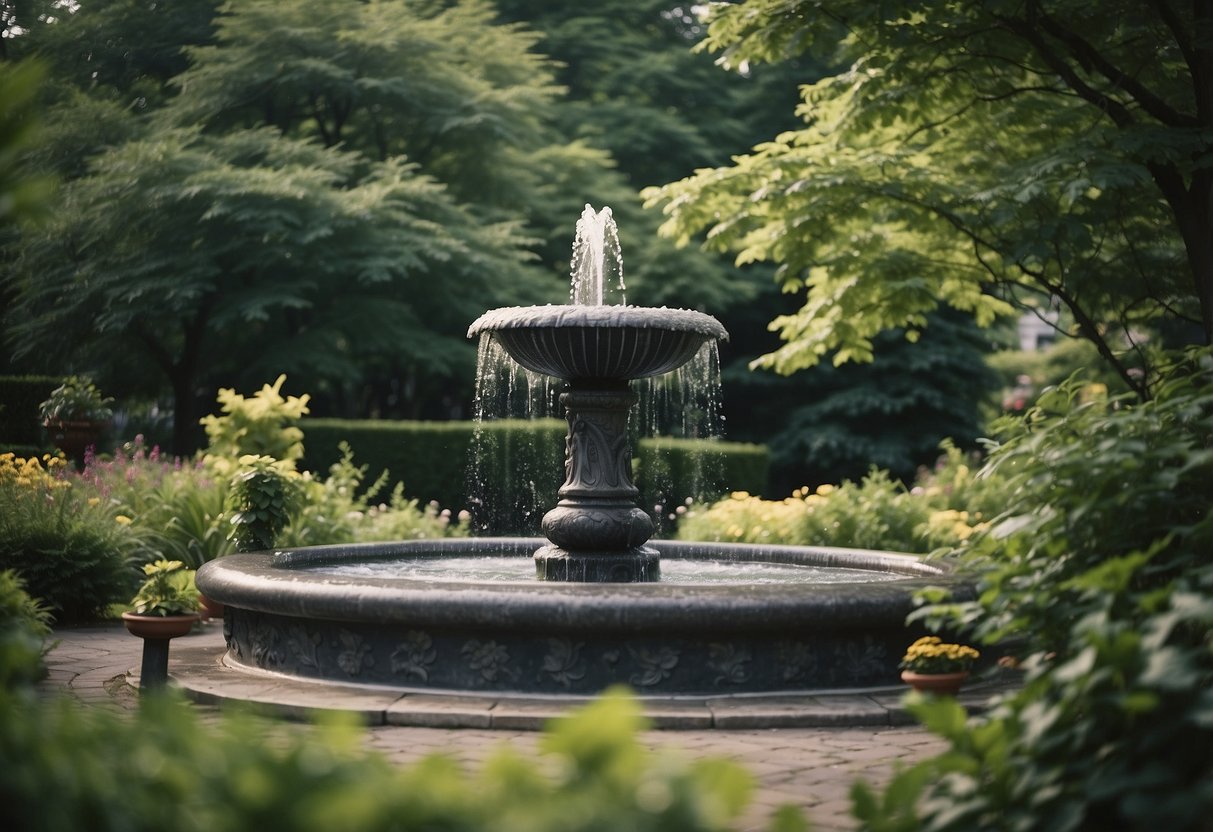
Adding an elegant water fountain to your Ottawa garden can bring a touch of sophistication and serenity.
Choose a design with intricate carvings or a sleek, modern look to match your style.
Consider a Victorian-inspired piece with weathered metal or a grand, multi-tiered fountain for a timeless appeal.
A large, simple resin bowl design can also create a striking focal point without being too flashy.
7) Shade-loving fern garden
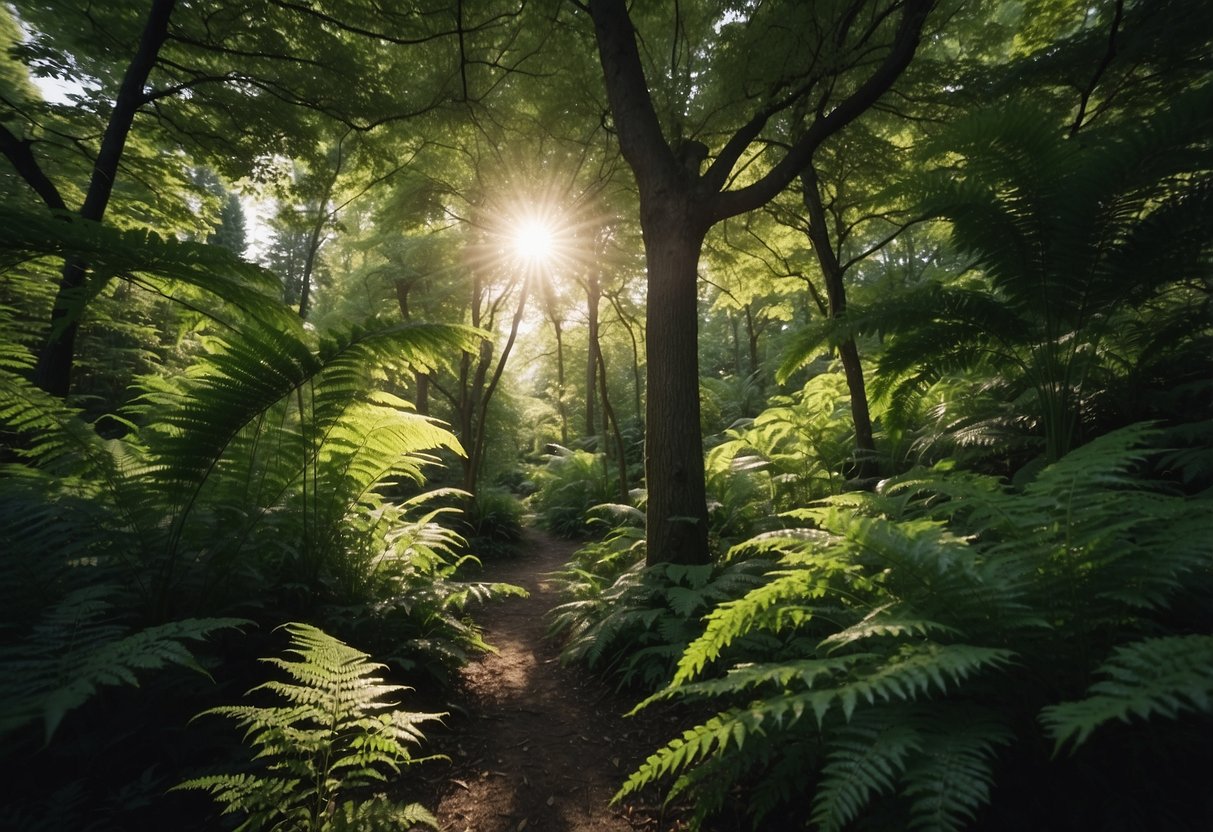
Creating a fern garden in your shady spots can add a lush, green touch to your landscape. Focusing on shade-loving ferns like the Cinnamon fern will work well. This fern thrives in partially shaded areas and can grow up to 5 feet tall with its light green fronds.
Another great option is the Soft Shield Fern. Its evergreen fronds grow upright in spring, then relax into a beautiful arc. It’s perfect for borders and growing under trees.
Incorporating these ferns brings natural beauty and texture to your garden.
8) Rustic Wooden Trellises
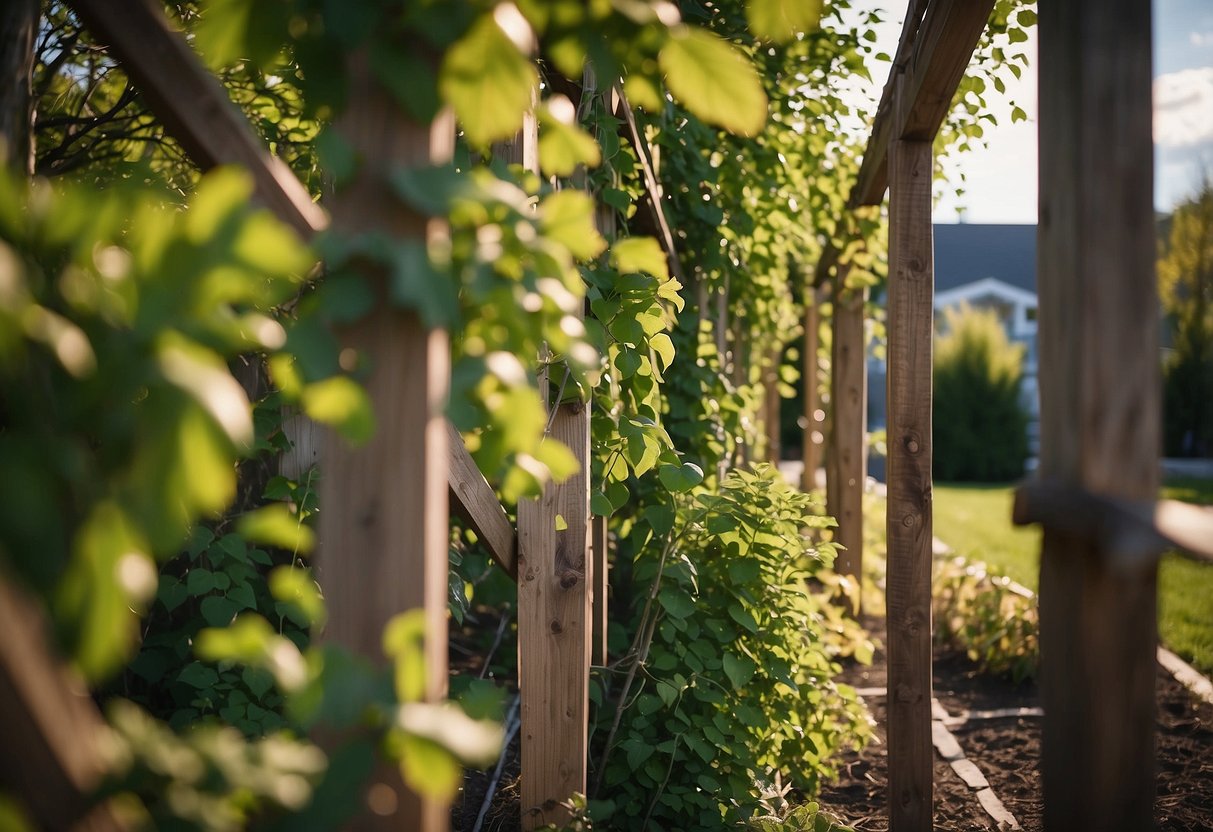
Rustic wooden trellises can add charm and character to your Ottawa garden. They help support climbing plants and create a lovely vertical element.
Using cedar wood is a great choice as it’s resistant to rot and insects. It’s durable and often used in outdoor projects.
Consider making a trellis from simple materials like posts, twigs, and twine. This easy DIY project can be a fun way to personalize your garden space. For more inspiration, check out these simple, smart garden trellis ideas.
9) Fragrant lavender walkways

Imagine strolling through your garden, surrounded by the calming scent of lavender. Planting lavender alongside your garden pathways not only adds vibrant purple hues but also fills the air with soothing aromas.
Lavender can be planted in narrow strips along the edges of walkways. This creates enchanting pathways that look and smell amazing.
Try lining a narrow slate path with lavender. This charming design idea immerses you in the relaxing fragrance and beautiful colors of blooming lavender.
10) Ornamental grasses

Ornamental grasses can bring a lot of beauty and texture to your garden. They are easy to grow and add gentle movement with the wind, which makes your garden feel alive.
Tall grasses like big bluestem and maiden grass can act as natural screens, giving you privacy while adding height to your landscape.
Plant grasses in clumps of at least three to make a strong visual impact. For the best results, place the crown just above ground level so it won’t get waterlogged.
Avoid invasive species in Ottawa, such as Giant Reed and Lime Grass, to keep your garden healthy.
Landscaping Basics

When planning your garden in Ottawa, it’s crucial to focus on preparing the soil properly and selecting native plants that will thrive in the local climate. These steps will help you create a beautiful and sustainable garden.
Soil Preparation
Preparing your soil is the first step toward a healthy garden. Start by testing your soil to know its pH level and nutrient content. You can use a DIY soil test kit or contact a local extension service in Ottawa.
Once you know your soil’s needs, you can add organic matter like compost or well-rotted manure to improve its structure and fertility. Ottawa soil can often be clay-heavy, so this step is essential for better drainage and root growth. Work the organic matter into the top 6-8 inches of soil using a garden fork or tiller.
Mulching is also important. Apply a 2-3 inch layer of mulch, such as shredded bark or straw, around your plants. This helps retain moisture, suppress weeds, and regulate soil temperature, making your garden more resilient through Ottawa’s seasonal changes.
Choosing Native Plants
Selecting native plants is a smart move for any Ottawa garden because they are adapted to the local climate and soil. Native plants are usually more resistant to pests and diseases, reducing the need for chemical treatments.
Some excellent choices for Ottawa include black-eyed Susan, eastern redcedar, and purple coneflower. These plants provide year-round interest and support local wildlife such as bees and butterflies. Grouping similar plants together can create a more natural and visually pleasing design.
Before planting, research each plant’s light, water, and soil requirements. This ensures they are placed in the best spots in your garden, promoting healthy growth and reducing maintenance. Look for information from local garden centers or online resources tailored to Ottawa’s unique gardening conditions.
Designing for Ottawa’s Climate

Creating an Ottawa garden requires handling extreme weather and ensuring proper seasonal plant care. With Ottawa’s varied climate, planning is essential for a thriving garden year-round.
Handling Extreme Weather
Ottawa experiences a wide range of weather, including cold winters and hot summers. Choosing plants that are hardy and can withstand these extremes is crucial for maintaining a resilient garden. Native plants like purple coneflower and black-eyed Susan are ideal, as they are well-adapted to the local climate.
Snow management is another important factor. Make sure to design your garden with proper drainage and use raised beds to prevent waterlogging from melting snow. Mulching helps insulate soil and protects plant roots during winter.
In summers, about watering wisely is key. Installing a drip irrigation system can efficiently distribute water, reducing stress on plants during heatwaves. Shaded areas with pergolas or garden structures can also provide relief to sun-sensitive plants.
Seasonal Plant Care
Each season brings different needs for your garden plants. In spring, prepare your garden by cleaning up debris and testing soil health. Plant perennials like bee balm and others that flourish in Ottawa’s spring climate.
During summer, focus on pruning and deadheading to encourage new growth and keep plants healthy. Fertilize as needed and ensure your plants get sufficient water, especially during dry spells.
As autumn approaches, it’s time to protect delicate plants. Use row covers or cloches to shield them from early frosts. Planting late-blooming perennials can keep your garden vibrant even as temperatures drop.
In winter, focus on protecting your garden from harsh cold. Evergreens like ivy can provide greenery and need minimal care. Remove heavy snow from branches to prevent breakage.
By rotating tasks and focusing on specific needs each season, your Ottawa garden can thrive regardless of the weather conditions.
Incorporating Water Features
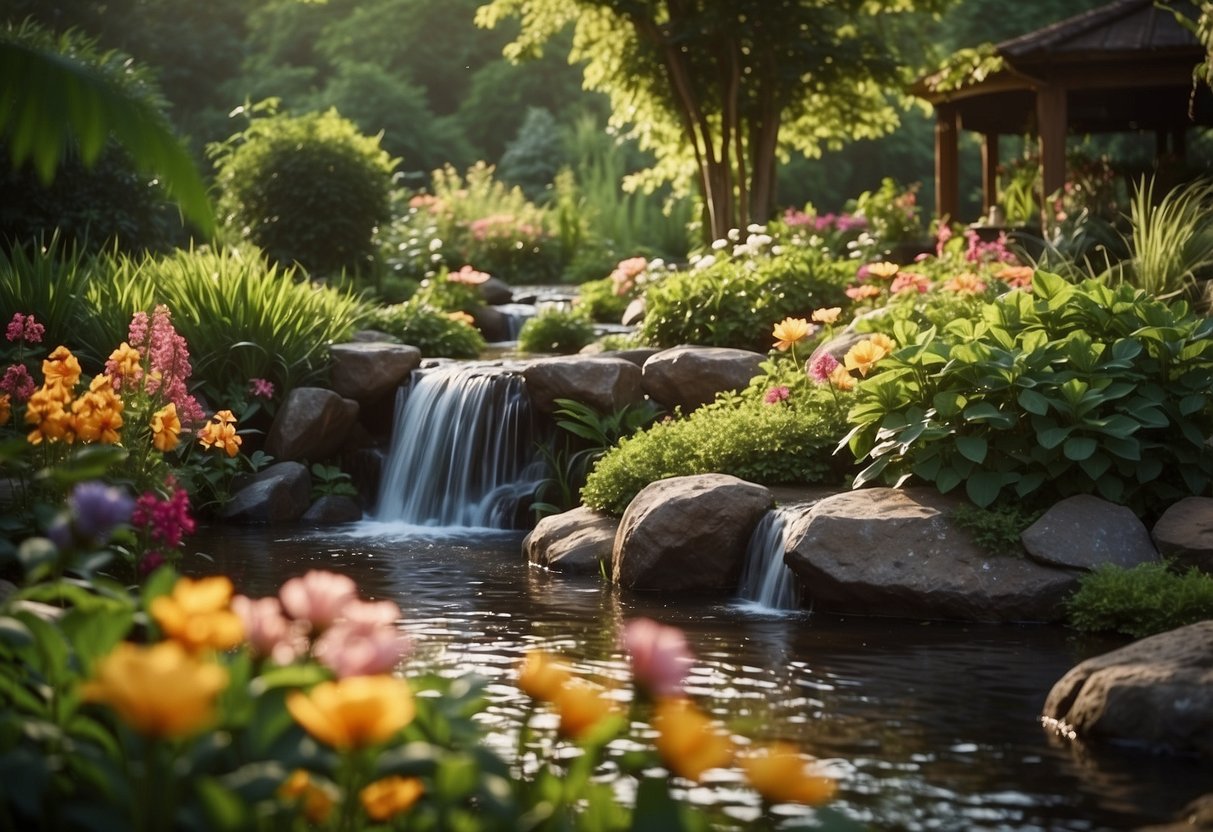
Adding water features to your Ottawa garden can create a relaxing atmosphere and enhance the beauty of your outdoor space. The key areas to focus on include installing a pond and maintaining good water quality.
Pond Installation Tips
Installing a pond involves planning and preparation. First, select a spot that gets a mix of sun and shade. This helps in regulating the temperature and keeps algae growth in check.
Next, dig a hole matching the size and shape of your pond liner. Place the liner inside the hole and ensure it fits well. Add a water pump to keep the water circulating, which prevents stagnation.
Fill the pond with water and decorate the edges with stones or plants. Think about adding aquatic plants like lilies for a natural touch. These plants also help in balancing the ecosystem by adding oxygen and providing shelter for fish.
Maintaining Water Quality
Keeping your pond clean is important for the health of plants and fish. Monitor the water for clarity and a balanced pH level. A cloudy pond often indicates poor water quality.
Installing a filtration system is a great way to keep the water clean. This system removes debris and balances the nutrient levels. Additionally, remove fallen leaves and twigs regularly to prevent decay in the pond.
Consider adding beneficial bacteria to the water. These bacteria break down harmful waste, keeping the pond healthy.
Routine checks and occasional water changes also help in maintaining the pond. Aim to change about 10-20% of the water every couple of weeks. Using a pond test kit can help you track the water quality and make necessary adjustments.







